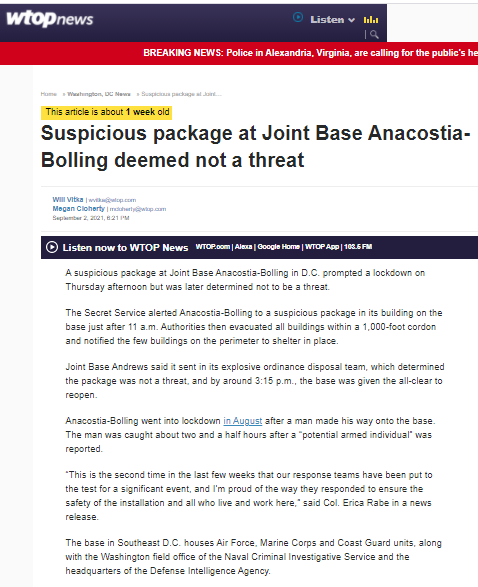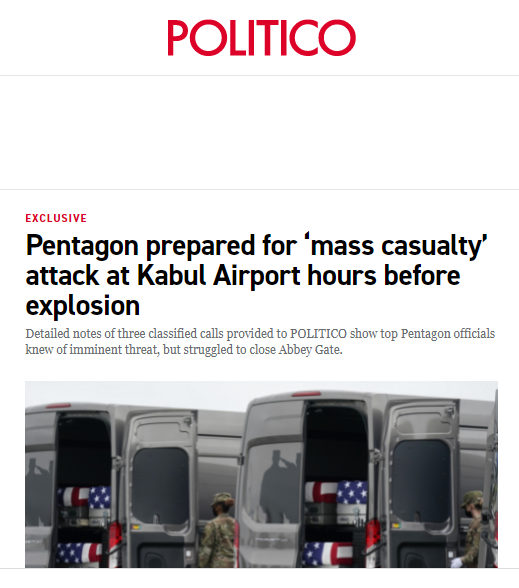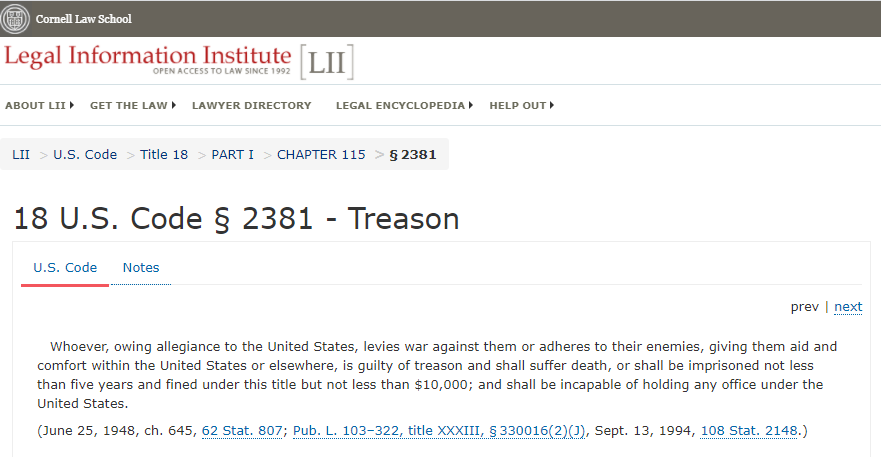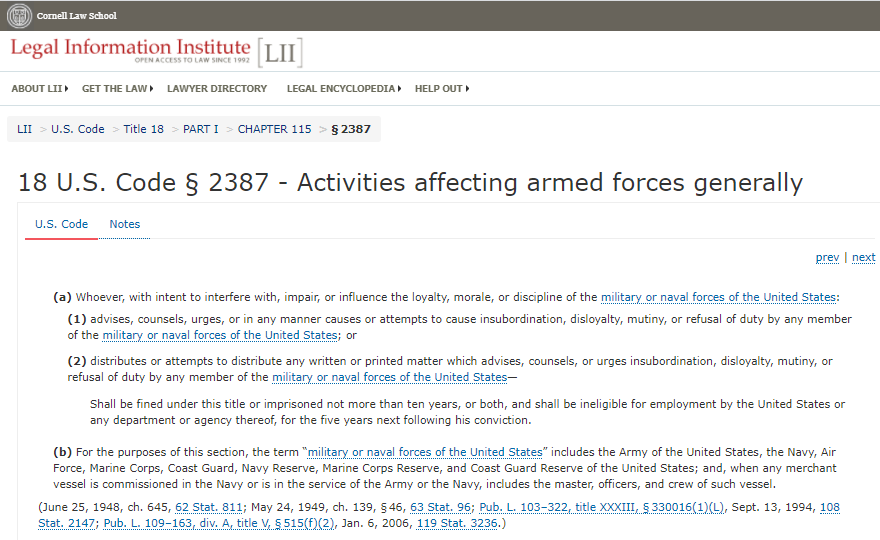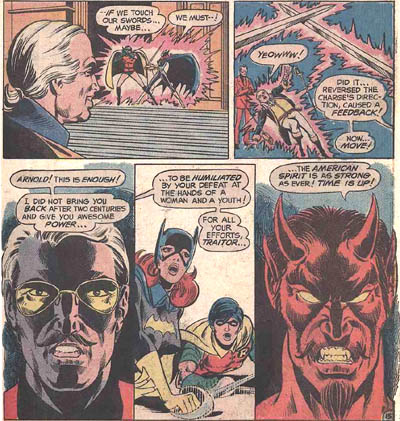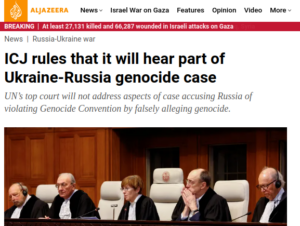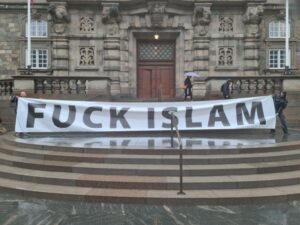Did Gen. Milley Confess to Treason? Milley Claims to Have Hosted Secret Pentagon Meetings to Subvert Trump’s Authority to Use Nuclear Weapons and Military Force. Milley Promised to Tip Off China if US Planned Military Actions Against the PRC
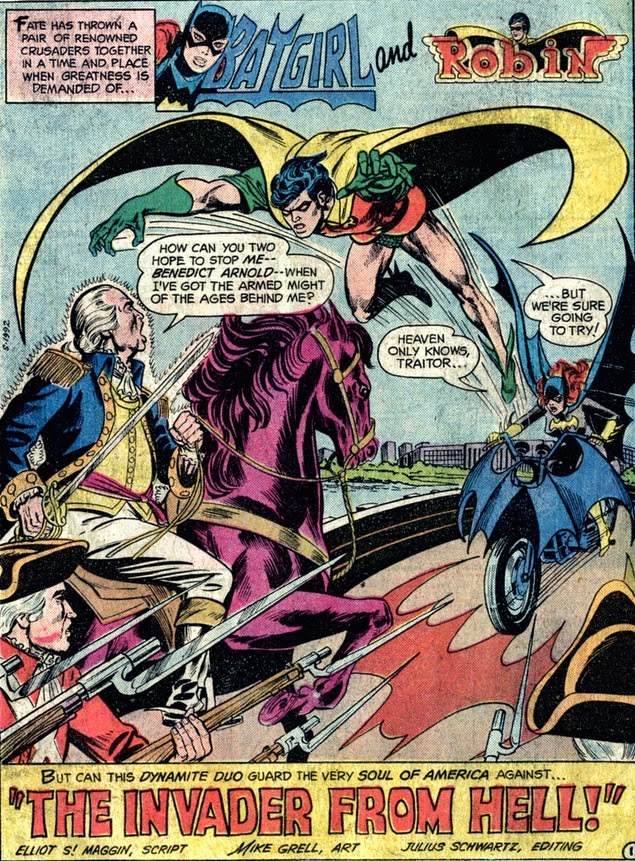
USA Today reported shocking quotes Joint Chiefs of Staff Chairman Gen. Mark Milley provided writers Bob Woodward and Robert Costa. Milley claims to have actively worked with Speaker of the House Nancy Pelosi to deny President Donald Trump access to nuclear weapon authorization. Furthermore, Milley admits he promised to give China forewarning of any potential impending US military attacks.
Acronyms from tweets:
- IC: Intelligence Community
- FVEY: The Five Eyes, a military intelligence group consisting of The United States, UK, Canada, New Zealand, and Australia
- PRC: People’s Republic of China
- Bolling: Joint Base Anasotia Bolling (The base in Southeast D.C. houses Air Force, Marine Corps and Coast Guard units, along with the Washington field office of the Naval Criminal Investigative Service and the headquarters of the Defense Intelligence Agency.)
- Meade: Fort Meade, US Army base in Maryland
The DIA partners with FVEY:
JOINT BASE ANACOSTIA-BOLLING, D.C. –
With war looming for the United States in 1940, President Franklin D. Roosevelt approved a proposal for U.S. intelligence activities to exchange secret technical information with the United Kingdom. The initial formal agreement, known as the Atlantic Charter, established strategic aims and set the state for closer, formal intelligence cooperation. In May 1943, the two sides signed the British-U.S. (BRUSA) Agreement of 1943 to document information sharing and to establish an official division of labor against Axis ground and air force targets for the remainder of World War II. In 1946, with a resilient U.S.-Commonwealth relationship and facing ideological and expansionist threats from the Soviet Union, the U.S. and UK revised the 1943 agreement to include Canada, Australia and New Zealand.Shortly after the establishment of DIA in 1961, information sharing expanded again with the Carrol-Strong Agreement between DIA and the British Defense Intelligence Staff, enabling wider sharing between all FVEY members. This initiative was very different from the approach taken by the Soviet Union, which took active measures to limit intelligence cooperation and information sharing with its own Warsaw Pact partners. The disparity in intelligence cooperation between the FVEY partners and that of the Soviet Union-Warsaw Pact, combined with the FVEY ability to adapt readily to advancing technologies and organizational, bureaucratic changes, proved an important advantage throughout the Cold War.
Today, the FVEY partnership is the longest recorded formal intelligence relationship in history. For more than 70 years, through numerous conflicts and over the course of dozens of administrations, the FVEY relationship has proven to be an invaluable tool in safeguarding the security interests for each country. With the formation of a formal FVEY element in 2014, as well as the creation of a deputy director for commonwealth integration within DIA, the FVEY partnership is well postured to stay ahead of emerging threats.
